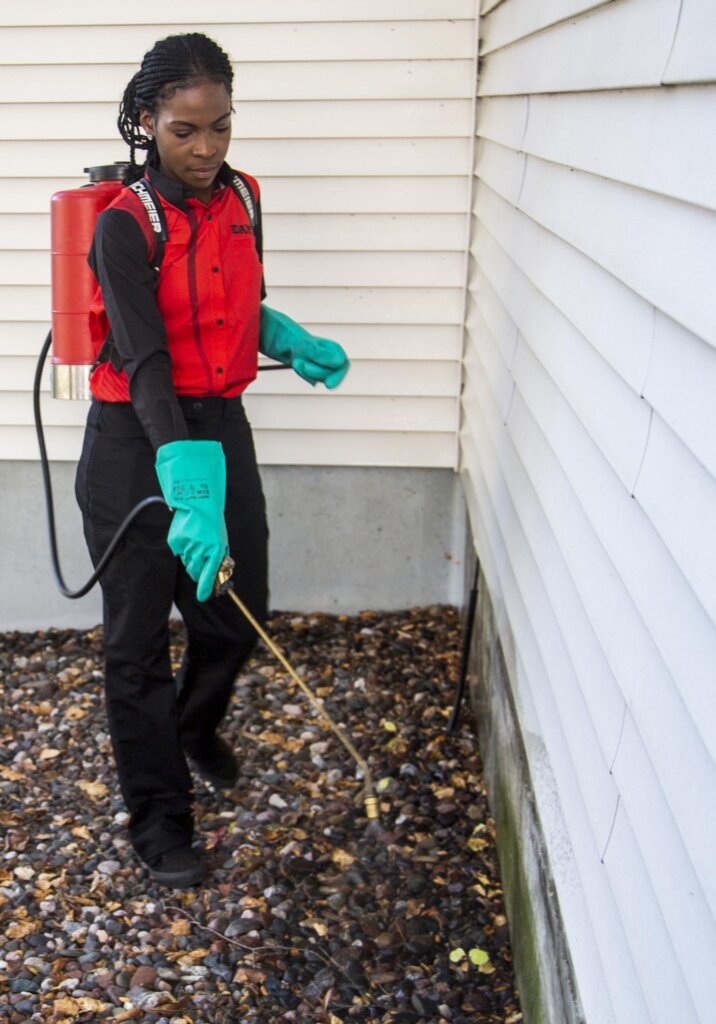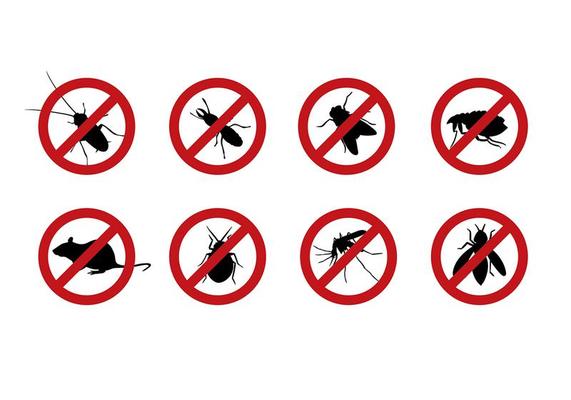Trust Pest Control Lockhart for Durable Pest Prevention
Trust Pest Control Lockhart for Durable Pest Prevention
Blog Article
Checking Out Infestation and Treatment Methods in the Globe of Bug Control
The landscape of bug control encompasses a myriad of difficulties, especially as problems of usual family bugs continue to evolve. By incorporating preventive measures with innovative management strategies, such as Integrated Pest Management (IPM), property owners can much better secure their settings.

Typical Family Vermin
When it pertains to handling our living areas, recognizing common home insects is vital. These bugs not only disrupt our comfort yet can also position wellness risks and damage building. One of the most common home insects consist of ants, roaches, rodents, termites, and bed pests.
Ants, often seen foraging in kitchens, can contaminate food and develop large nests. Roaches, recognized for their durability, can set off allergies and spread pathogens. Rats, consisting of mice and rats, can create structural damage and lug illness like hantavirus and salmonella. Termites, often described as "silent destroyers," can endanger the stability of wood structures, causing costly repairs. Bed bugs, although not illness service providers, can cause considerable discomfort with their bites and result in psychological distress.
Identifying the signs of these insects, such as droppings, nests, or bite marks, is important for early intervention (Pest Control Lockhart). Proper sanitation techniques, sealing entry points, and keeping a clutter-free atmosphere are reliable preventative procedures. By determining these usual home pests and understanding their actions, home owners can take positive actions to minimize infestations, making sure a healthier living setting
Comprehending Bug Infestations
Insect infestations can rise promptly, transforming a small inconvenience right into a considerable problem otherwise dealt with immediately. Comprehending the nature of these invasions is essential for efficient monitoring. Bugs can get into household and business rooms for various factors, including the look for food, shelter, or reproducing grounds. Usual variables adding to invasions consist of bad hygiene, architectural vulnerabilities, and seasonal adjustments that drive parasites inside.
Determining the kind of pest is important, as various types display different behaviors and reproductive rates. For circumstances, rodents may develop nests in concealed areas while insects like roaches thrive in moist atmospheres. Early detection often rests on recognizing indications such as droppings, nibble marks, or uncommon sounds, which can show a problem before it comes to be extreme.
Warm, moist environments can help with the quick development of pest populations, while changes in landscape design or building can inadvertently produce helpful atmospheres. An educated approach to understanding these characteristics lays the groundwork for effective bug administration approaches in the future.
Treatment Approaches and Strategies
Efficient therapy techniques and methods are vital for alleviating pest invasions and bring back a risk-free setting. A multifaceted method is typically best, incorporating chemical, biological, and mechanical techniques customized to the certain pest and the intensity of the problem.
Chemical treatments consist of making use of pesticides and herbicides, which can efficiently get rid of pests. Correct application and adherence to safety standards are vital to reduce threats to human beings and non-target organisms. Integrated Pest Administration (IPM) encourages the judicious usage of chemicals as a last resource, depending instead on tracking and limit degrees to figure out intervention requirements.
Organic control methods involve introducing natural predators or parasites to reduce bug populaces. This strategy is significantly preferred, particularly in farming settings, as it advertises environmental sustainability.
Mechanical approaches, such as traps and obstacles, give immediate relief from pests without presenting chemicals. Alternatives consist of sticky catches for insects or physical obstacles for rodents.
Ultimately, the like this choice of treatment approach ought to take into consideration the certain pest, the setting, and potential effect on human health and ecological communities. A well balanced mix of these techniques can properly handle problems while promoting long-term pest control options.
Safety Nets for Homes
Proactively dealing with insect concerns before they intensify is essential for keeping a healthy and balanced home atmosphere (Pest Control Lockhart). Applying reliable precautionary steps can dramatically reduce the possibility of infestations, inevitably guarding both your home and well-being

Correct landscaping also plays a look at more info critical duty in avoidance. Maintaining hedges and trees cut away from the home reduces the possibilities of parasites discovering their means indoors. Make certain that drainage systems are functioning efficiently to prevent standing water, which can attract in mosquitoes and other insects.
Finally, routine evaluations are suggested. On a regular basis inspecting for indicators of parasite see this task permits very early treatment. By taking on these preventive actions, homeowners can develop a setting that is less welcoming to bugs, therefore boosting their general top quality of life and minimizing the need for considerable insect control treatments.
Business Pest Control Strategies
An extensive approach to commercial parasite control is vital for companies intending to maintain a safe and sanitary atmosphere. Reliable approaches involve a mix of normal evaluations, worker training, and the implementation of Integrated Insect Management (IPM) methods.
Normal inspections make it possible for very early discovery of insect task, enabling prompt treatment. Organizations must develop a routine schedule for these evaluations, focusing on high-risk locations such as kitchens, storeroom, and waste disposal websites. Employee training is similarly critical; team must be educated on the indicators of parasite infestations and the significance of reporting them instantly.
Applying IPM techniques assists alleviate pest problems sustainably. This consists of environment alteration, such as securing entry points and lowering clutter, in addition to using natural deterrents before turning to chemical therapies.

Additionally, collaborating with an accredited pest control copyright makes certain accessibility to professional expertise and sophisticated treatment alternatives. This collaboration can result in customized parasite control plans tailored to the specific requirements of business, decreasing dangers and improving general effectiveness. Eventually, a positive and enlightened approach fosters a pest-free setting, protecting both public wellness and business credibility.
Verdict
Finally, effective pest control demands a comprehensive understanding of common family pests and their behaviors, paired with targeted therapy techniques. Carrying out precautionary steps together with treatment approaches such as Integrated Bug Administration and biological control boosts the capacity to minimize problems. Routine examinations and a combination of chemical and mechanical remedies further add to preserving pest-free settings. Eventually, a well-shaped approach to pest administration is crucial for safeguarding living spaces from unwanted intruders.
Report this page